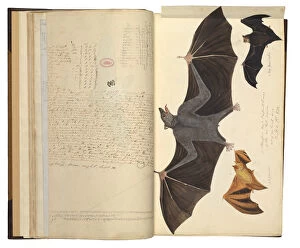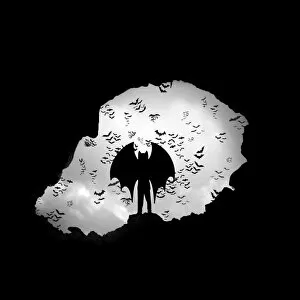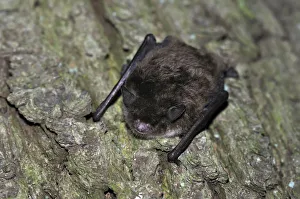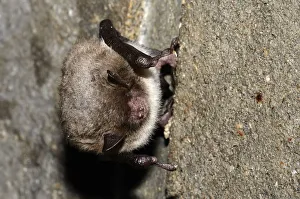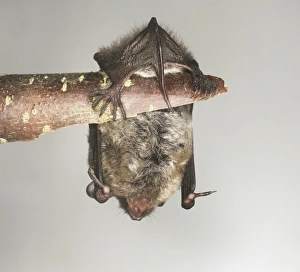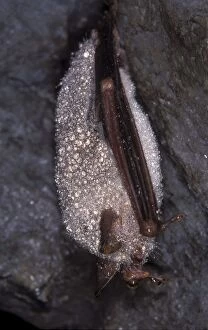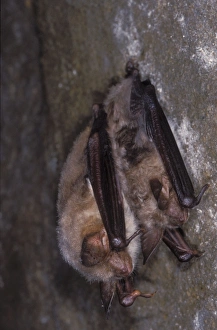Mouse Eared Bat Collection
The mouse-eared bat, scientifically known as Myotis mystacinus and Myotis daubentonii, is a fascinating creature that captivates the imagination with its unique features
All Professionally Made to Order for Quick Shipping
The mouse-eared bat, scientifically known as Myotis mystacinus and Myotis daubentonii, is a fascinating creature that captivates the imagination with its unique features. Lemongras's colored engraving from 1833-39 beautifully depicts these flying fox and myotis species in all their glory. One can't help but be intrigued by the whiskered bat, also known as Myotis mystacinus. Its delicate wings flutter through caverns, resembling a child with bat wings exploring the depths of an unknown world. This species has been observed hanging on tree trunks in the woods near Geesthacht, Schleswig-Holstein, Germany. Another member of this intriguing family is Daubenton's bat (Myotis daubentonii). Found in Europe and listed under Annex IV of the Habitats Directive, this species spends its winter quarters hibernating in tunnels like those found in Topor, Kiel, Schleswig-Holstein. The whiskered bats continue to enchant us with their presence - Myotis mystacinus making multiple appearances throughout our exploration. Their small size belies their importance within ecosystems as they play a crucial role in maintaining insect populations. As we delve deeper into understanding these remarkable creatures, it becomes evident that each individual holds its own unique charm. From Daubenton's bat to the whiskered bats gracing our surroundings; every encounter leaves us awe-inspired by nature's diversity. So let us celebrate these extraordinary beings – whether it be Lemongras' exquisite engravings or witnessing them firsthand amidst German woodlands – for they remind us of the wonders that lie within our natural world.



